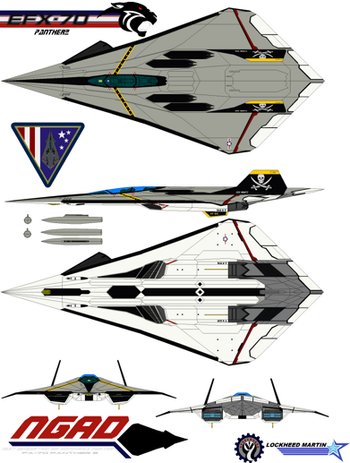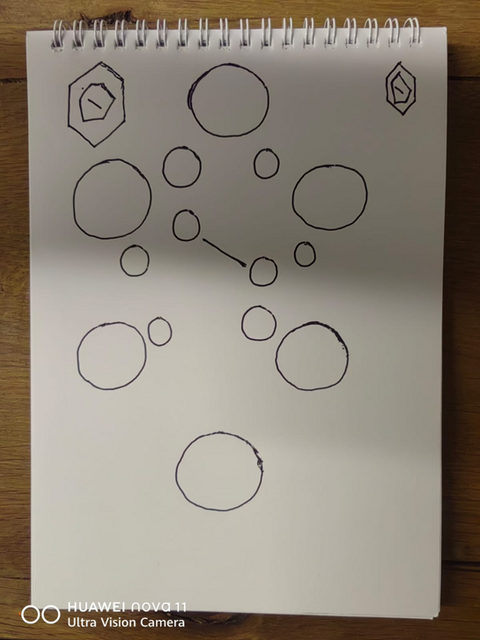HOME | DD
 bagera3005 — Boeing ALASA
by
bagera3005 — Boeing ALASA
by

#advanced #exploration #space #vehicle #microsatellites
Published: 2016-07-21 02:12:25 +0000 UTC; Views: 3506; Favourites: 21; Downloads: 56
Redirect to original
Description
What Boeing vehicle would hitch a ride on an F-15E, drop from the aircraft, fire its engines and deploy microsatellites into space?It’s a new satellite launch vehicle concept designed by Phantom Works Advanced Space Exploration for the Defense Advanced Research Projects Agency (DARPA) called the Airborne Launch Assist Space Access or ALASA.
Under an 11-month, $30.6-million contract with options to build up to 12 of the 24-foot vehicles, Boeing and DARPA intend to test the ability to cut the cost of routinely launching microsatellites into orbit by 66 percent. According to DARPA, ALASA aims to develop and employ radical advances in launch systems, leading to more affordable and responsive space access compared to current military and U.S. commercial launch operations.
Rockets today are designed using a number of stages, each with its own engine and fuel tanks. The first stage is at the bottom and is usually the largest, the second and subsequent upper stages are above it, and normally decrease in size.
Boeing’s design takes the concept one step further and shifts traditional thinking when it comes to today’s launch vehicles.
“As these stages are jettisoned (or dropped), the fuel tank and engines are just thrown away. We developed a cost-effective design by moving the engines forward on the launch vehicle. With our design, the first and second stages are powered by the same engines, reducing weight and complexity,” explained Steve Johnston, director, Advanced Space Exploration.
The 24-foot (7.3-meter) ALASA vehicle is designed to attach under an F-15E aircraft. Once the airplane reaches approximately 40,000 feet, it would release the ALASA vehicle. The vehicle would then fire its four main engines and launch into low-Earth orbit to deploy one or more microsatellites weighing up to a total of 100 pounds (45 kilograms).
Related content
Comments: 6

Didn't they also use this concept as part of an anti-satellite weapon system?
It's an Interesting idea for deploying low-cost short-term surveillance packages. Just hope they ever get the idea to pack a warhead into one of those things, you could hit a target from the other side of the continent with no launch signature.
👍: 0 ⏩: 1

I thought so, it's a damn clever way to get a package into orbit. sine they can build very small cameras and electronic packages it is a good way to replace satellites that are taken out...by say China. Or to put a bird in orbit on a nonstandard orbit.
👍: 0 ⏩: 1

also way to find hostels that know satellites in geo sink orbit to find them off Gard
👍: 0 ⏩: 0























